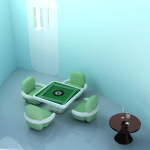2.1 – Where do you want to build your Moon Camp? Explain your choice.
We plan to establish our base at 88.9°S on the moon. On the eastern edge of the crater de Gerach, the crater is almost at the south pole. At the same time, due to the high latitude, it can have almost permanent solar energy and a large amount of water ice deposits, which provide strong convenience for water and energy access in the base. In particular, the sunlight rate on the northern slope of the impact crater reaches about 97%, and the northern high slope has the effect of resisting meteorites. The altitude in the pit is stable, the terrain is flat, and the area is large, which is conducive to the construction of the base
2.2 – How do you plan to build your Moon Camp? Consider how you can utilise the Moon’s natural resources, and which materials you would need to bring from Earth. Describe the techniques, materials and your design choices.
At the beginning of camp construction, astronauts will temporarily live in space-sufficient and suitable lunar landing spacecraft. At this stage, the unmanned 3D printing equipment that arrived at the same time as the astronauts began the construction of the base, and building materials from the earth will be used in the early stage of construction, and then the regolith layer on the lunar surface can be smelted through the smelting device, and the peptides of the regolith layer and aluminum mixed with glass fibers from the earth and composite plastic fibers are used as 3D printing materials.
In the construction process, the surface of the building is designed as a vacuum insulation structure, so as to better deal with the temperature difference between day and night of the moon, and its vacuum isolation structure can effectively solve the meteorite problem, when the meteorite falls to the surface of the building, this vacuum structure can disperse the impact force of the meteorite, so it can solve the meteorite problem
2.3 – How does your Moon Camp protect and provide shelter to your astronauts against the Moon’s harsh environment?
When we built the lunar camp, we considered the damage to astronauts from radiation, meteorites, and heat fluctuations. Therefore, we used a combination of vacuum heat insulation board and anti-radiation materials in the early stage to achieve the purpose of radiation prevention and reducing the temperature in the cabin. After the construction of the lunar smelting device, lunar resources such as lunar soil were used to build building materials. Because the lunar soil itself has the characteristics of poor thermal conductivity and strong anti-radiation ability, it can play a good protective role.
Anti-radiation: lunar soil, anti-radiation materials
Temperature difference: The central monitoring station is used to detect the temperature and control the temperature of the base, while using vacuum insulation panels outside the base to slow down the temperature changes in the base
Meteorite: The unique topography of the site selection of the base and the vacuum isolation structure of the vacuum insulation plate on the surface of the building can disperse the impact force of the meteorite






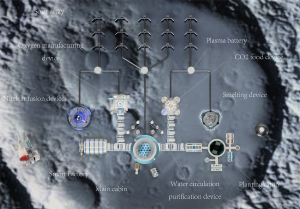

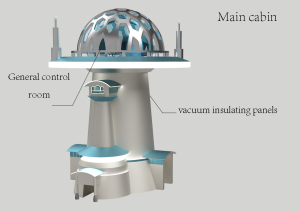
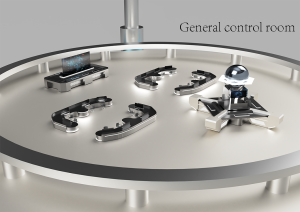
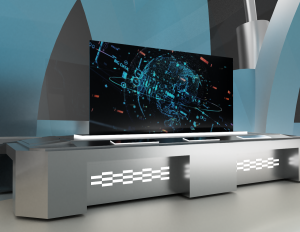
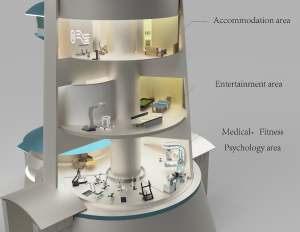

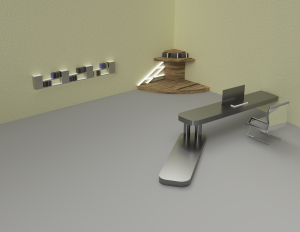
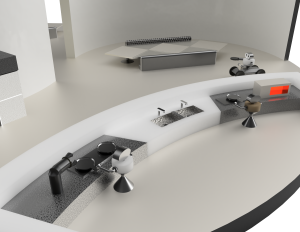
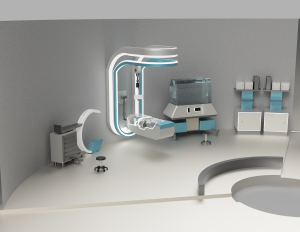
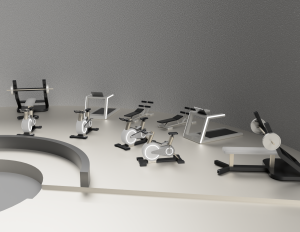
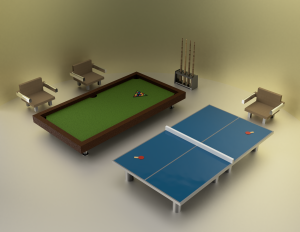
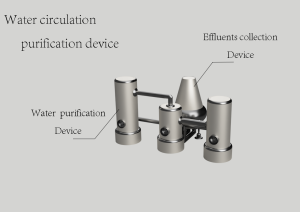
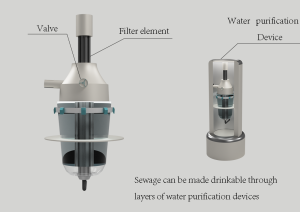

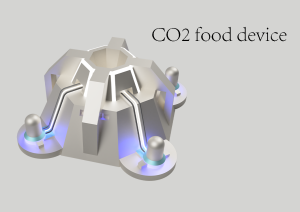
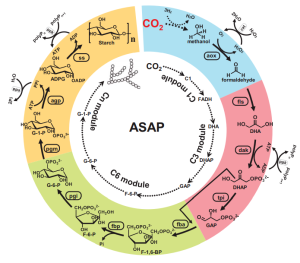
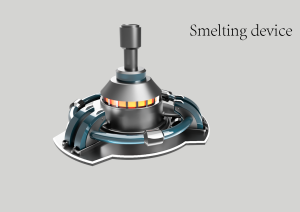
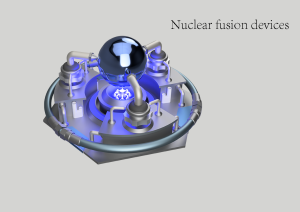
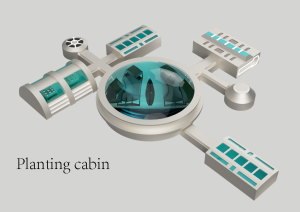

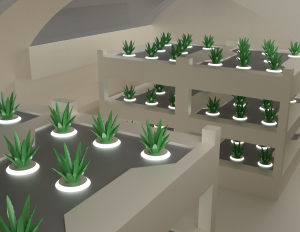
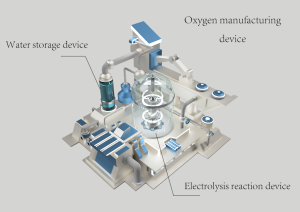
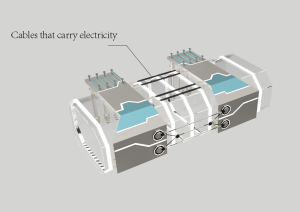
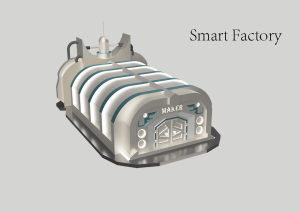
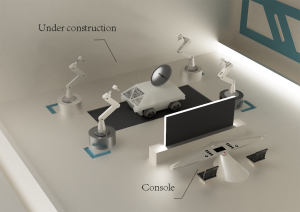

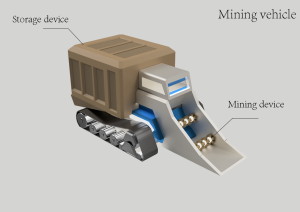
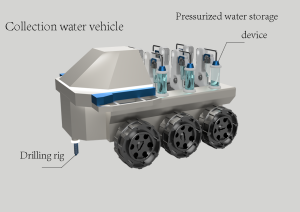
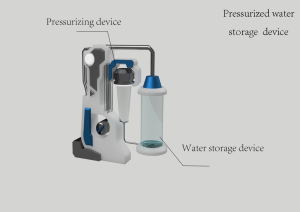
















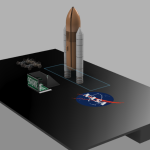
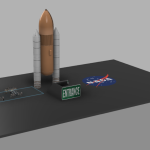
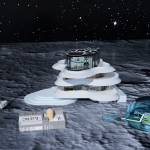
-150x150.png)

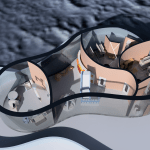
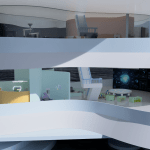

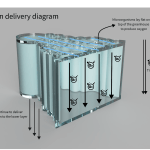

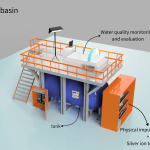


-150x150.png)

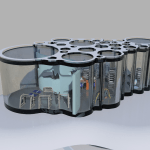
1-5-150x150.png)
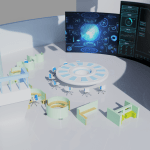



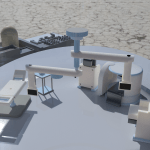

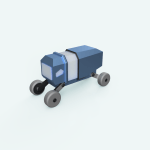

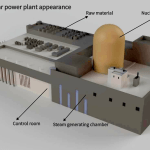

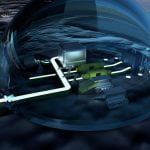

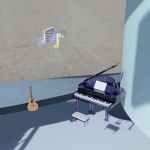

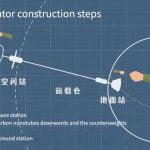
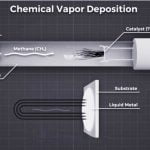
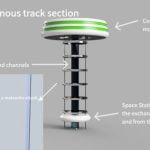

-150x150.jpg)

